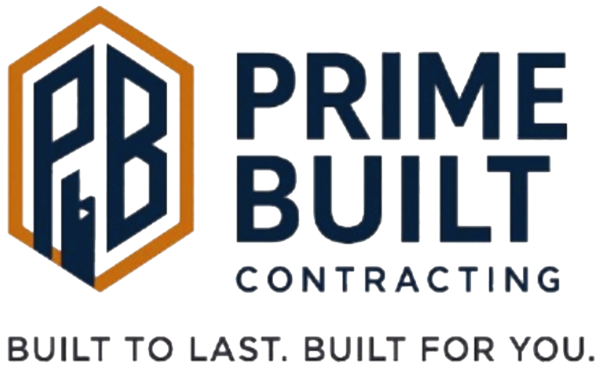Top Strategies for Ensuring Construction Site Safety
Construction sites are dynamic and often hazardous environments where safety must always come first. A single accident can result in serious injuries, costly project delays, or even legal complications. That’s why adopting construction site safety strategies isn’t merely a recommendation — it’s an essential practice for keeping projects on track and protecting every worker on-site.
The foundation of ensuring construction site safety begins with comprehensive training. Every team member, from new hires to seasoned professionals, should receive ongoing instruction covering equipment handling, hazard recognition, emergency procedures, and proper lifting techniques. Regular refresher courses keep construction safety tips top of mind and reinforce each worker’s role in creating a safer job site.
Clear and efficient site organization is another vital element of site safety best practices. Mark high-risk zones with visible signage, create distinct pathways for pedestrian and vehicle traffic, and store materials securely to prevent slips and trips. Maintaining tidy walkways and work areas also allows for faster emergency responses when needed.
Personal protective equipment (PPE) plays a critical role in injury prevention. Make sure all workers wear gear suited to their tasks — like helmets, gloves, safety glasses, reflective vests, and steel-toe boots. Supervisors should routinely check PPE for damage and model best practices themselves, reinforcing a culture of compliance.
Effective communication keeps safety efforts coordinated. Host daily or weekly “toolbox talks” to discuss site-specific risks, recent incidents, or upcoming changes that could affect safety. Encourage open dialogue so workers feel comfortable raising concerns or reporting near misses — often these early warnings can help prevent more serious incidents.
Finally, regular site safety audits and proactive planning help keep safety measures effective throughout the project lifecycle. Continuously evaluate potential hazards and update emergency response plans, making sure they’re clearly visible on-site. By embedding construction site safety strategies into everyday operations, teams build a culture where safety becomes a shared value — not just a checklist.
cklist — it becomes part of the project’s DNA.


